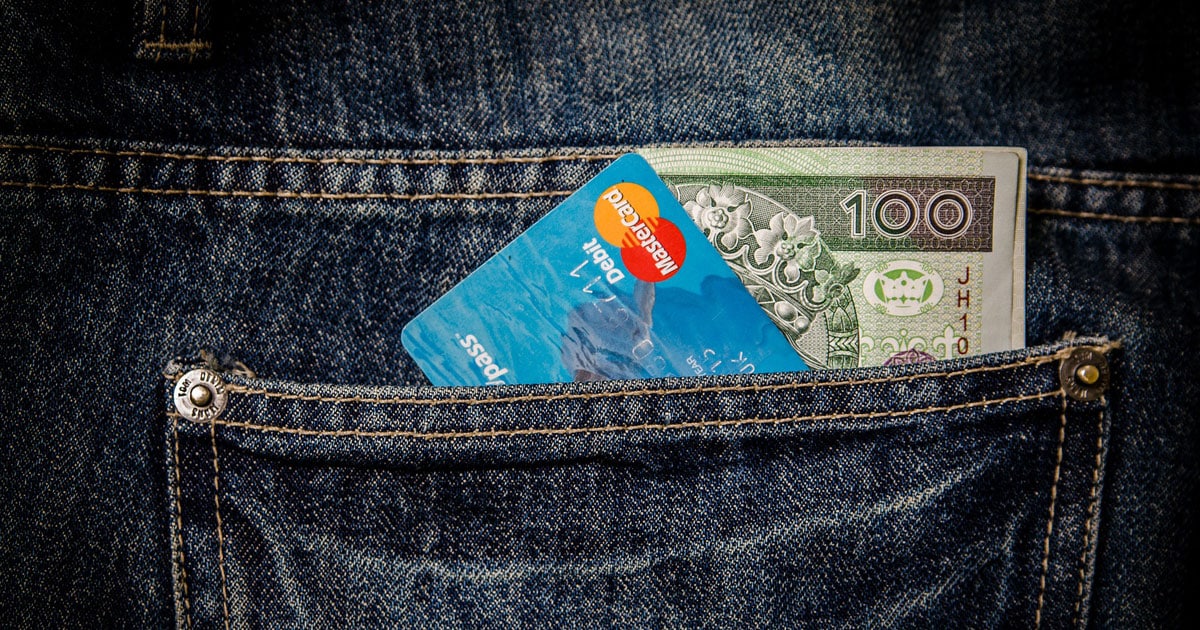The success of many banks depends on the availability of cash that can be provided to their customers. Deploying and maintaining ATMs naturally leads to regular cash requirements to replenish their machines. There are multiple factors a bank must consider before placing an order. Real-time data regarding the cash present in their ATMs, branches, and vaults is necessary to prevent ordering excess amounts of cash than is required. Filling various locations with too much money could lead to higher costs and reduced profits. Today, most banks have installed advanced cash forecast systems that can accurately predict how much cash should be filled in each machine. These systems are essential to prevent both unexpected cash emergencies and the accumulation of unused cash in less frequented locations.

Today, financial institutions team up with reputed cash management services that can optimize the cash flow between various locations and ensure the smooth functioning of their ATMs. Some banks prefer to keep things in-house or use commercially developed cash management software alongside their trusted CITs.
Where do banks turn to for cash supply?
Banks often receive cash for their ATMs and branches either from their own establishment, the country’s central bank, deposits from businesses, or other banks. The money they have received is then stored in the bank’s own vaults or branches. Excess cash the banks have received is returned to the Federal Reserve Bank.
Many banks also make use of customer deposits as their cash source. The deposits made at the branches or cash processing centers are reused to be returned to their customers.
Recirculation of deposits is regulated under national recirculation regulations. This prevents the re-entry of counterfeit or damaged notes back into the cash flow system.
Bulk cash ordering
After the bank or the ATM deployer has measured the accurate load required to replenish their machines in the next schedule, they place an order with the bank that provides the funds. This is typically done online.
The supplier bank sends the amount to a money center using an armored carrier. Banks receive their required funds from cash providers who are tasked with collecting cash from the money centers.
Sorting the banknotes
The cash that was collected by the cash provider cannot directly be sent to ATMs and branches. It must first be sorted through and counted at a processing center. Bulk cash acceptors are often used to sort through the money banks have received. These machines are incredibly useful in both counting the notes and verifying their authenticity. After each counting and verification, the bulk cash acceptor deposits each denomination in separate containers, making it much easier to place the various notes inside the machine.
Replenishing ATMs
Now that they have sorted through the cash they received, they can use it to refill ATMs. Merchants often restock cash at ATMs in retail stores, and bank employees do the same at the ATMs located at bank branches. As a second option, ATMs are also replenished by armored carriers who bring the cash directly from the bank’s vaults or cash centers.
ATMs usually contain four cassettes filled with cash. When the armored carrier is tasked with the replenishment, the guard brings in four cassettes preloaded with cash. He then returns the four empty or partially empty cassettes back to the carrier. The cassettes that contain unused money are returned to the cash center where it is counted and reconciled. This method is extremely quick, and balancing can be carried out effectively since unused notes are returned to the centers. But during this process, the truck must be stopped quite close to the ATM since it is challenging to look inconspicuous while carrying four cassettes.
Another way armored carrier guards replenish the ATMs is by bringing two bags to the machine. One bag will be empty, and the other will contain cash. The excess cash in the machine is placed in the empty bag, and the machine is filled with the cash that the guard brought with him. The unused cash will be returned to the center, like in the previous case. The bag can be easily carried to the location, without grabbing the attention of any onlookers, there is also the benefit of not mixing up the bags meant for different ATMs. But, removing money from the bags, placing it in the machine and then doing the reverse with unused money could take some time. Unlike in the case of cassettes, while carrying cash in banks, guards and those nearby have easy access to the notes.
The guard can also be tasked with supplying additional cash instead of entirely replacing the amount present in the machines. This process is extremely cash efficient since only a relatively smaller amount has to be supplied to the ATM. This process takes place much easier than the second one since money has only to be placed into the machine and not taken out of it. But, in this case, it is challenging to balance and reconcile since leftover cash is not brought back to the centers for counting.
Summing up
ATM deployers are charged interest for the money that has been supplied to their ATMs. This interest continues until customers withdraw cash from the machines or the excess cash is returned to the supplier. An essential part of cash ordering and replenishing processes is reconciliation which must be carried out to detect any discrepancies between the cash present in the machines, the cash supplied and the excess that was returned.
